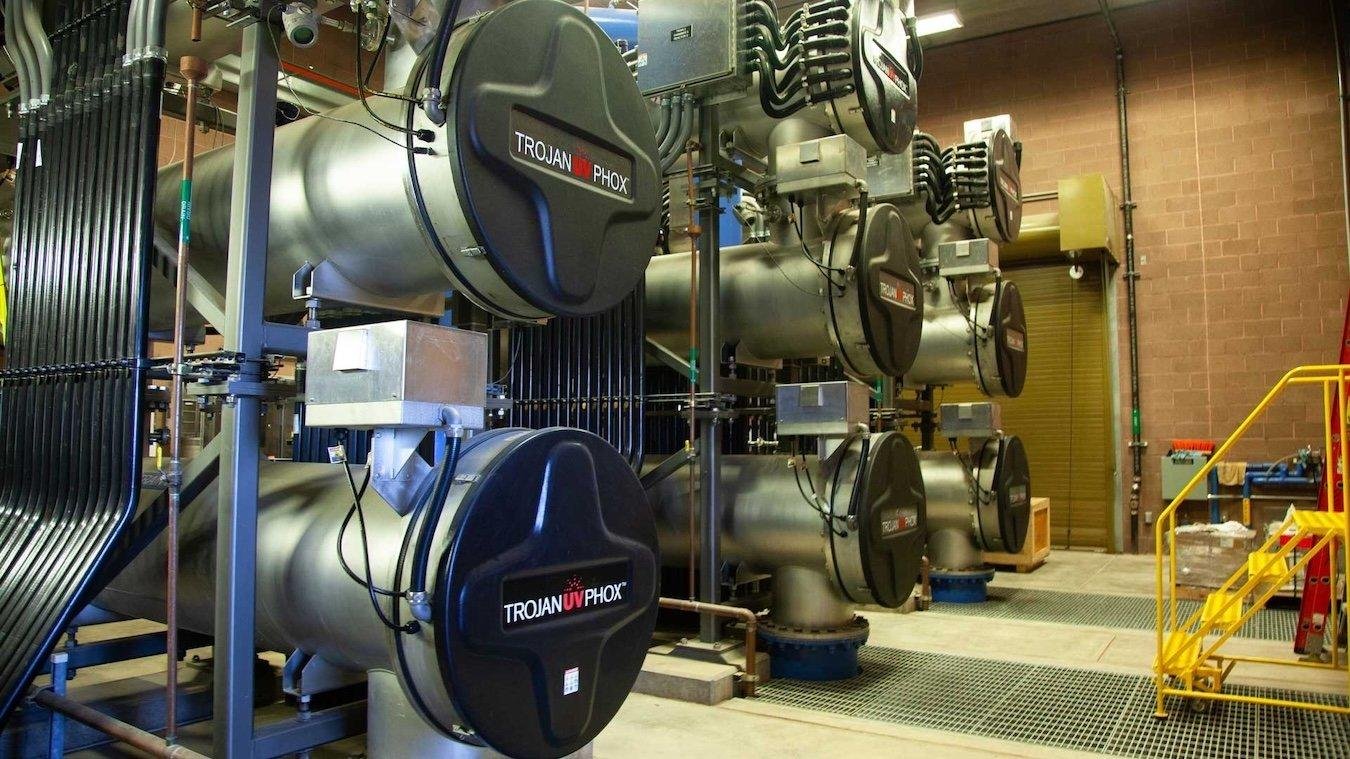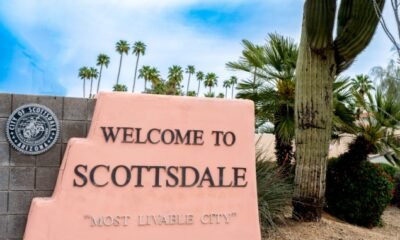environment
Tucson Takes Legal Action Against Davis-Monthan AFB Over PFAS Pollution

City officials in Tucson have initiated a lawsuit against the federal government, claiming that Davis-Monthan Air Force Base (D-M) has failed to adequately address the contamination of local water supplies by PFAS “forever chemicals.” The 14-page legal filing, submitted to federal court under the Federal Tort Claims Act, seeks to recover costs related to what officials describe as ongoing damage to Tucson’s water source.
According to the lawsuit, these chemicals, which are commonly found in firefighting foam, have migrated from the air base and the surrounding airport. Kevin D. Neal, an attorney representing the city, noted, “D-M has taken inadequate action to stop or mitigate the ongoing migration of its PFAS contamination.”
Arizona Republic first reported on the lawsuit. The Environmental Protection Agency (EPA) has highlighted that approximately 83 to 105 million people across the nation are served by water systems exceeding the PFAS safety standards. In response, Arizona has initiated eight projects aimed at managing PFAS contamination.
Tucson officials assert that military leaders were aware of the dangers posed by PFAS in firefighting foams for decades yet continued their use. The lawsuit references studies dating back to the 1970s highlighting the toxicity of such foams. In 2011, the Defense Department reiterated concerns about PFAS, warning that historical discharge practices could lead to soil and groundwater contamination.
The lawsuit claims that D-M officials were informed of the need to implement proper containment and disposal measures but allegedly disregarded the risks associated with contamination. The city has reported that nearly 30 wells have been closed due to the PFAS presence, incurring over $71 million in remediation expenses.
Further allegations state that D-M continues to interfere with access to safe drinking water, resulting in significant public health implications. In September, Tucson International Airport agreed to work under a Superfund agreement with the EPA to assess PFAS contamination in the area.
The agreement compels airport officials to determine the extent of PFAS pollution and evaluate cleanup options, ensuring that measures are taken to protect the local aquifer and drinking water quality. The EPA underlined the importance of this initiative, emphasizing its role in preventing further groundwater contamination.
Tucson’s officials demand that D-M cover the costs associated with PFAS contamination, including the installation of necessary treatment systems. Earlier this year, the EPA set stringent new regulations, capping the permissible limits of specific PFAS chemicals to levels deemed safe based on current scientific understanding.
In response to federal guidelines, Tucson Water has revised its operational standards and is actively working on the Randolph PFAS Treatment Plant project. This initiative aims to filter PFAS from the water supply while repurposing treated water for irrigation at the nearby Randolph Golf Course.
Last November, the EPA allocated $30 million through the Bipartisan Infrastructure Law to protect Tucson from PFAS. Additionally, the Biden administration previously announced a $1 billion initiative to assist states in addressing water system contamination and private well issues related to PFAS.
The widespread use of PFAS in consumer products and their associated health risks has garnered significant attention. The EPA has reported that exposure to these chemicals can lead to severe health issues, including immune system and cardiovascular problems, with particular dangers to children. Such risks underscore the public health urgency associated with PFAS contamination in Tucson and beyond.


















